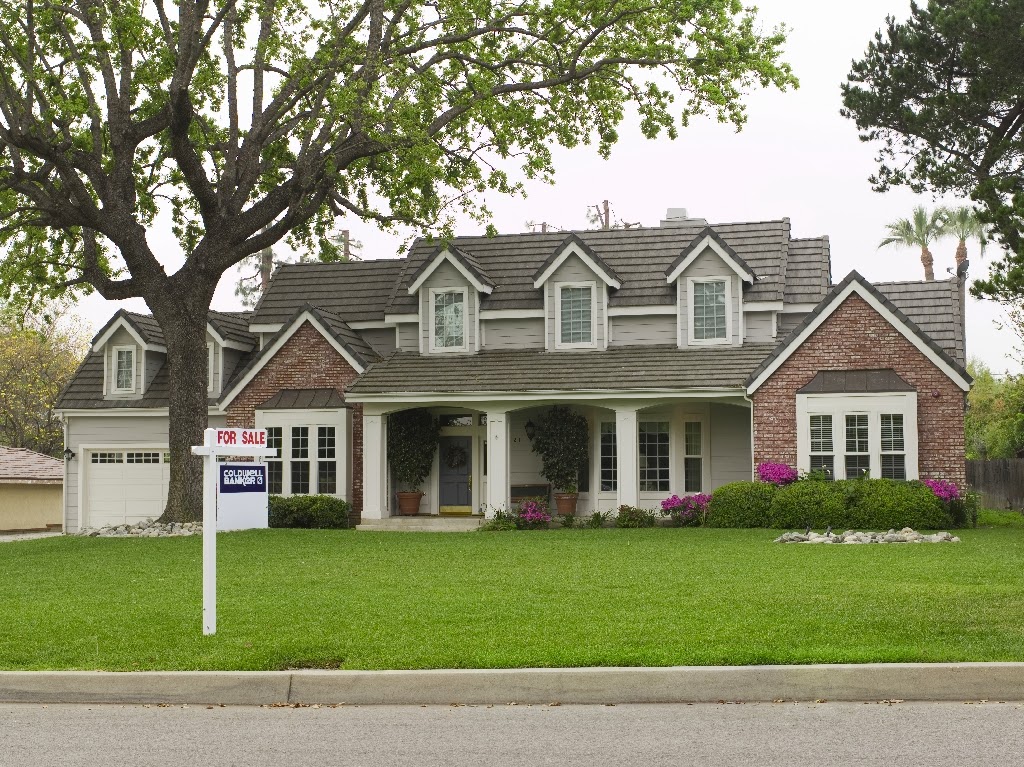by MITCH DIETZ
Those who follow my blog know that I have been commenting about local home prices being on the rise. Beginning in 2012, I began pointing out that conditions were in place for our market to experience rising prices in 2013. In fact, the last half of 2013 saw modest but steady gains in home prices. We have now had seven consecutive months of rising homes prices (specifically, year over year improvement to the trailing twelve month median home sales price).
Despite that news, many people we have encountered over the last week have asked us to comment on a recent story in our local newspaper, The Olympian. In an article a few weeks ago, entitled “Thurston home prices mysteriously slip a bit”, the story points out in January area “median sale price took a tiny dip, dropping almost 3 percent from the same time a year ago.” Here is a link to the full article:http://www.theolympian.com/2014/02/06/2968743/thurston-home-prices-mysteriously.html.
The reporter cited numbers shared from the Northwest Multiple Listing Service. While the numbers are accurately reported, they can’t tell the real picture without deeper access to numbers. So, we will address the “mystery” of the price drop.
The first thing to point out is that numbers reported were just figures for the month of January. Monthly market wide prices are more highly variable because those figures are based on a data pool that is too small to be reliable. It is one of the reason we track the trailing twelve month figures. By doing so, we can present a more reliable data set that isn’t subject to swings in seasonality or unusual events. For instance, there is a much higher percentage of bank-owned properties that sell in the winter compared to summer months. Bank owned properties are much more heavily weighted toward the lower prices ranges; therefore, monthly market wide numbers look far worse in the winter months.
Nevertheless, since the comparison of January 2014 to January 2013 was made, here is why the monthly number retreated 3%. The number of bank-owned properties sold in January 2014 went up 200% from January last year.
Last year there were just 20 bank-owned property sales in January. This past month there were 60. The median price of those bank-owned homes were just $156,501, which is 32% lower than non-distressed homes, which had a median sales price of $229,975. Pumping 40 more of the lower priced homes into the mix in January 2014 drove down the market wide median price. This is simple math that does not reflect the actual price movement of most homes in the market.
A look at just the non-distressed sales (neither bank-owned nor short sales) in both months shows that those prices were actually flat. Last year there were 138 sales with a median price of $229,575. This January there were 156 sales with a statistically identical median price of $229,975. Again, comparing those market-wide median numbers can be misleading. The mix of homes available for sale trended toward the lower range this January. The lack of inventory in the mid-price ranges ($250k-$350k) has more buyers in those price points still searching. We should see the mix of sales improve as the spring selling season begins and more sellers enter the market.
In the meantime, our own repeat sales analysis, which tracks the price movement of individual homes over time, shows that prices are continuing to trend up. Homes purchased within the past three years are largely experiencing gains in the neighborhood of 2-4% annual appreciation.
Going forward, we find that buyer activity continues to be robust. The significant jump in pending sales we saw in December led to a 29% increase in closed sales in January. We had 238 closed home sale in January versus just 185 a year ago.
The “Seahawk” effect that might have negatively impacted new contracts in January, as folks turned to their TVs to cheer on the Hawks, apparently did not slow buyers too much. Pending sales rose 7% from 311 sales in January 2013 to 332 sales last month. While that rise may seem small, consider that in January 2012 there were just 236 pending sales. The buyers are back!
On the supply side of things, Inventory crept up 4% to 1,031. Despite that uptick, we are still in a Seller’s market at just 3.9 months of homes available for sale.
The combination of these factors tells us that median price should not be a mystery – it is on the way back up.




